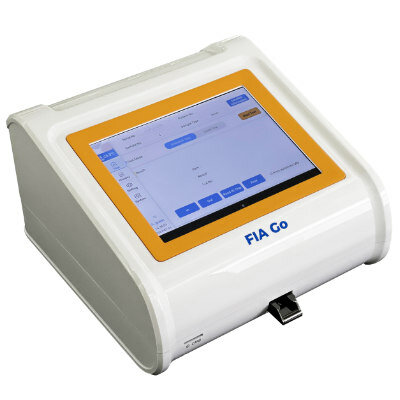Food Products Screened for Antibiotics using Antimicrobial Array
By Labmedica staff writers
Posted on 11 Feb 2008
A biochip-screening test detects sulphonamide antibiotic drug residues in meat, honey, feed, and livestock. The antimicrobial array simultaneously and quantitatively measures 12 different antibiotics in a single sample.Posted on 11 Feb 2008
Although antibiotics are sometimes used to control disease in food animals, drug residues in food can pose a health risk to consumers. Allergies to sulphonamide antibiotics are relatively common causing skin rashes, hives, pruritus, and anaphylactic shock.
It is essential to restrict antibiotic drug residues in foods to avoid unnecessary consumer exposure to drugs and to limit the development of antibiotic resistance. Recently, there have been a number of news reports about imported foods that are contaminated with drug residues. This highlights the need for quick, sensitive, and cost-effective tests suitable for screening large numbers of samples.
The antimicrobial array manufactured by Randox (Crumlin, UK) utilizes a biochip containing an array of immobilized antibodies, each specific to a different antibiotic. The biochip simultaneously tests for 12 sulphonamide antibiotics in just 50 µl of urine or 1 g of tissue, honey, or feed. Simple sample preparation procedures and simultaneous testing enable a rapid throughput with minimum effort--540 tests in under 2½ hours.
The maximum residue limit (MRL) is the maximum level of drug residue that is permitted in food. The European Union (EU) has assigned an MRL of 100 part per billion (ppb) for all sulphonamide drugs. The antimicrobial array has sensitivities below 10 ppb for each sulphonamide, more than adequate for drug residue screening. Positive samples are retested using a confirmatory method such as high-performance liquid chromatography (HPLC) or liquid chromatography-mass spectrometry (LC-MS).
Related Links:
Randox













